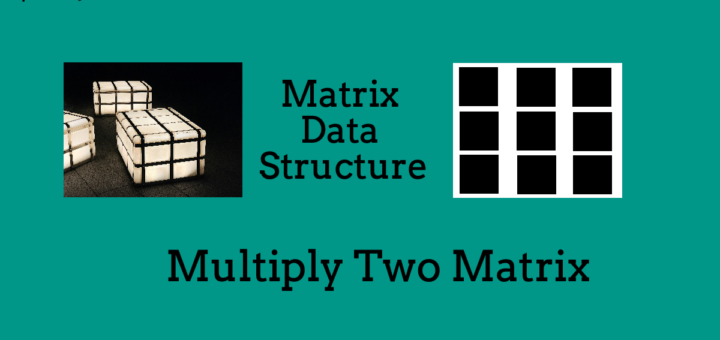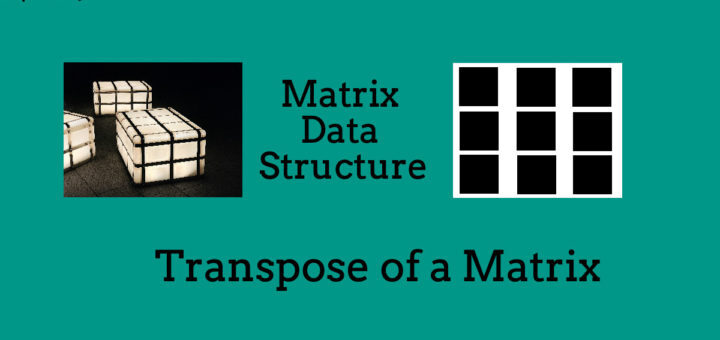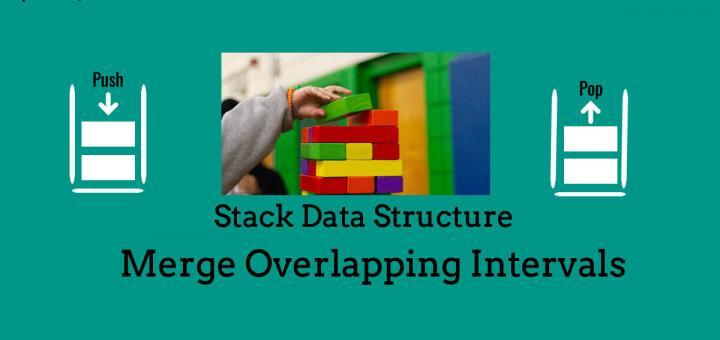Multiply Two Matrix
“Multiply two matrix” is a standard operation which can be applied over two or more matrices. Here, we are given two matrices of dimension r1*c1 and r2*c2 respectively. Our task is to multiply the following matrices and store the result in resultant matrix. CONDITION : The two matrices can only be added if the...



